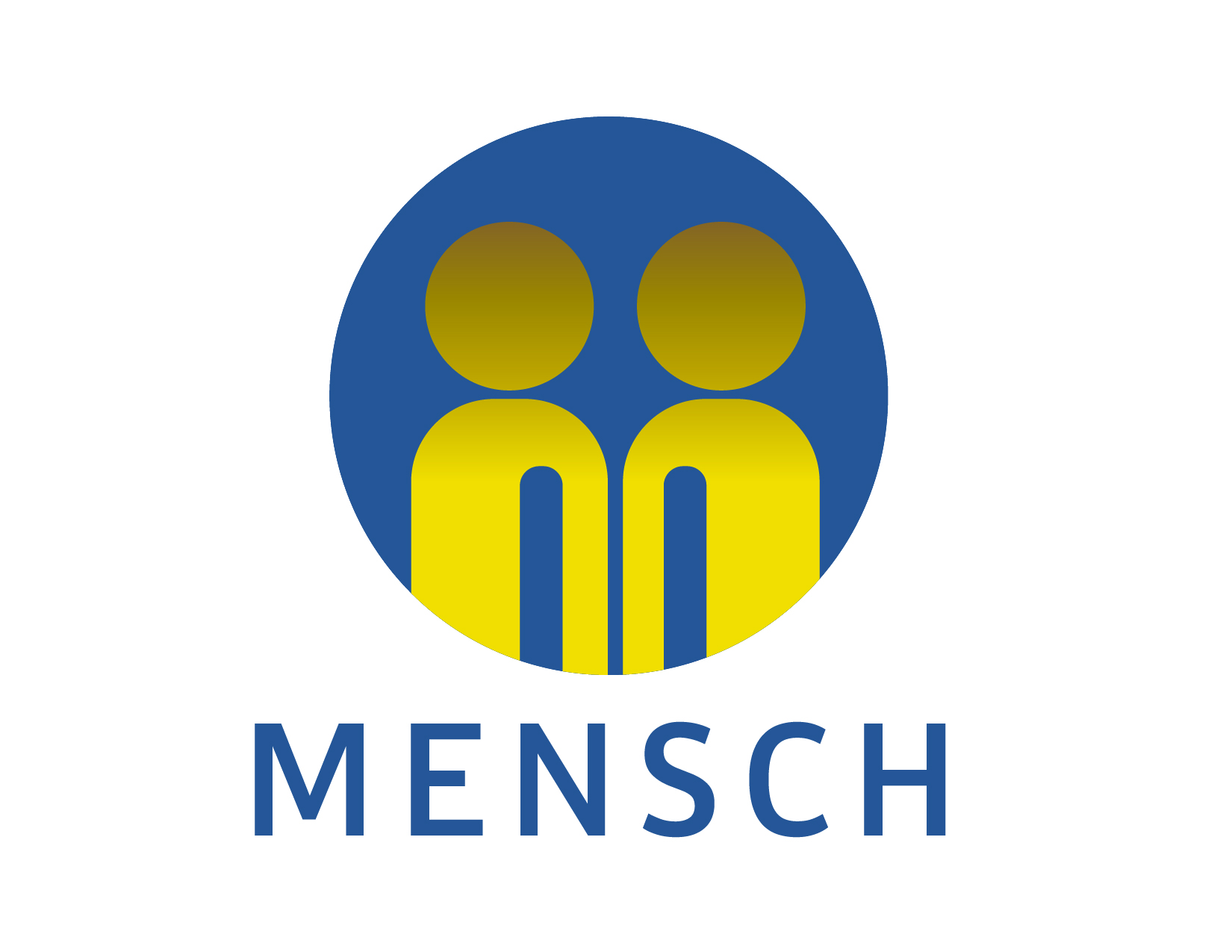Sales enablement is all the ‘buzz’ these days and rightfully so. Having a thoughtful, effective approach to sales enablement “…can improve sales productivity by up to 27.6%.” according to research by CSO Insights. There is no single generally accepted definition of sales enablement but there are some very key similarities in the definitions, key elements and effective approaches. Any sales organization that is interested in sustainable, improved results needs to pay attention to these key elements and effective approaches to put in place their own sales enablement plan. Do you have a defined sales enablement plan or ‘just winging it’ and hoping for better results?
At a high level, the most common key elements in an effective sales enablement approach are Development, Technology and Strategy. Truly effective sales enablement happens where these three elements come together in a harmonious way. In today’s fast-paced, ever changing sales environment, many sales managers are stretched so thin that they don’t take the necessary time to ensure their sales enablement plan is being effectively executed or they even have a sales enablement plan for that matter. Let’s examine each of the three key elements in a little more depth.
Development goes beyond training of traditional selling skills of how to meet and greet, overcome objections and ‘close the deal’. Training on these skills is still important but not enough to compete in today’s environment. Sales professionals need constant skill building to stay current with the technology they use, selling skills and product knowledge. Often overlooked is the development needed by the sales manager. In many instances, the sales manager is elevated to that position because they were the top-performing sales person. The skills needed to be a top-performing sales professional are not the same skills needed to be a top-performing sales manager and yet these folks are very often thrust into the position with very little or no preparation for their new role. Sales managers need well developed coaching, performance management, communication and engagement skills to properly guide and develop their sales teams. Development also needs to take place with the sales team regarding the technology that they have at their disposal.
The key part that having a sales enablement strategy is ensuring that the development efforts, the technology being deployed, and the sales processes all align with each other to provide a seamless and enjoyable customer experience. One that not only meets the current needs of the customer but establishes the foundation for building an ongoing relationship with the customer. Strategy work is critical for assessing the current alignment and constantly looking to the future to maintain alignment going forward. A sales enablement plan should be thought of as a living, breathing ‘sales ecosystem’ that requires constant care and development to ensure sustainable improvement in sales performance.
“Failing to plan is planning to fail” is just as true today as it was when first spoken by Benjamin Franklin. What is your sales enablement plan?





